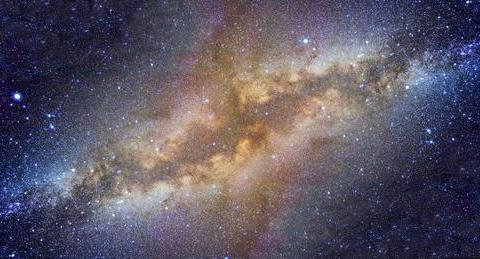Why Life May Be Common Throughout the Galaxy (original) (raw)
Surprising Science — March 28, 2012
The super-Earths discovered by NASA’s Kepler mission may be better at supporting life than Earth itself, says the Harvard astronomer who coined the term super-Earth.

Sign up for Big Think on Substack
The most surprising and impactful new stories delivered to your inbox every week, for free.
What’s the Latest Development?
NASA’s Kepler mission has discovered thousands of planets outside our solar system which, being larger than Earth but not so large as gas giants, could harbor life. Due to their size, astronomers refer to these planets as super-Earths. Now, the Harvard astronomer Dimitar Sasselov, who coined the term super-Earth, says these planets may be better at harboring life than Earth itself: “Their larger size make its easier for them to retain their atmospheres, and they are more likely to have active plate tectonics, supporting a CO2 cycle that regulates the temperature of the planet’s atmosphere.”
What’s the Big Idea?
Given vastly different chemical compositions, life on other planets may look very different from the life we know on Earth. Sasselov says that the emerging field of synthetic biology will help us understand what different forms of life are possible on other worlds. Not only is Sasselov confident that life exists elsewhere, given the nearly 100 million Earth-sized planets he estimates to be in our galaxy, “he believes our growing knowledge of super-Earths and other exoplanets will help us find ‘friendly harbors’ beyond Earth that one day will allow us to spread life beyond our world.”
Photo credit: shutterstock.com
Sign up for Big Think on Substack
The most surprising and impactful new stories delivered to your inbox every week, for free.
As the closest icy ocean world to Earth, Ceres may be a promising candidate in the search for signs of ancient life.
Launched in March, the PUNCH mission has viewed two incredible coronal mass ejections, tracking them farther from the Sun than ever before.
NASA astrophysics, which gave us Hubble, JWST, and so much more, faces its greatest budget cut in history. All future missions are at risk.
A Cambridge-based team claims to find molecules on an exoplanet that are only produced by life on Earth. Don’t fall for the unfounded hype.
In all the known Universe, Earth is the only planet known to have native life. What should guide us in expanding humanity beyond our world?
When density perturbations in space cause it to collapse, black holes are created in a range of sizes. Some are extremely small and could pass straight through the Earth.